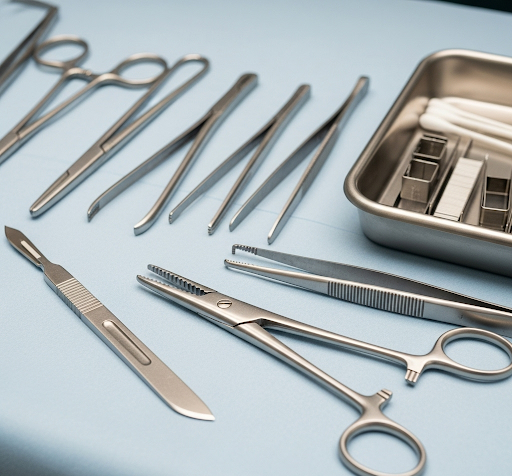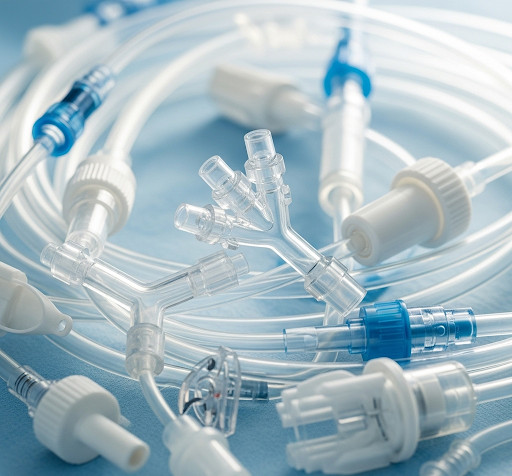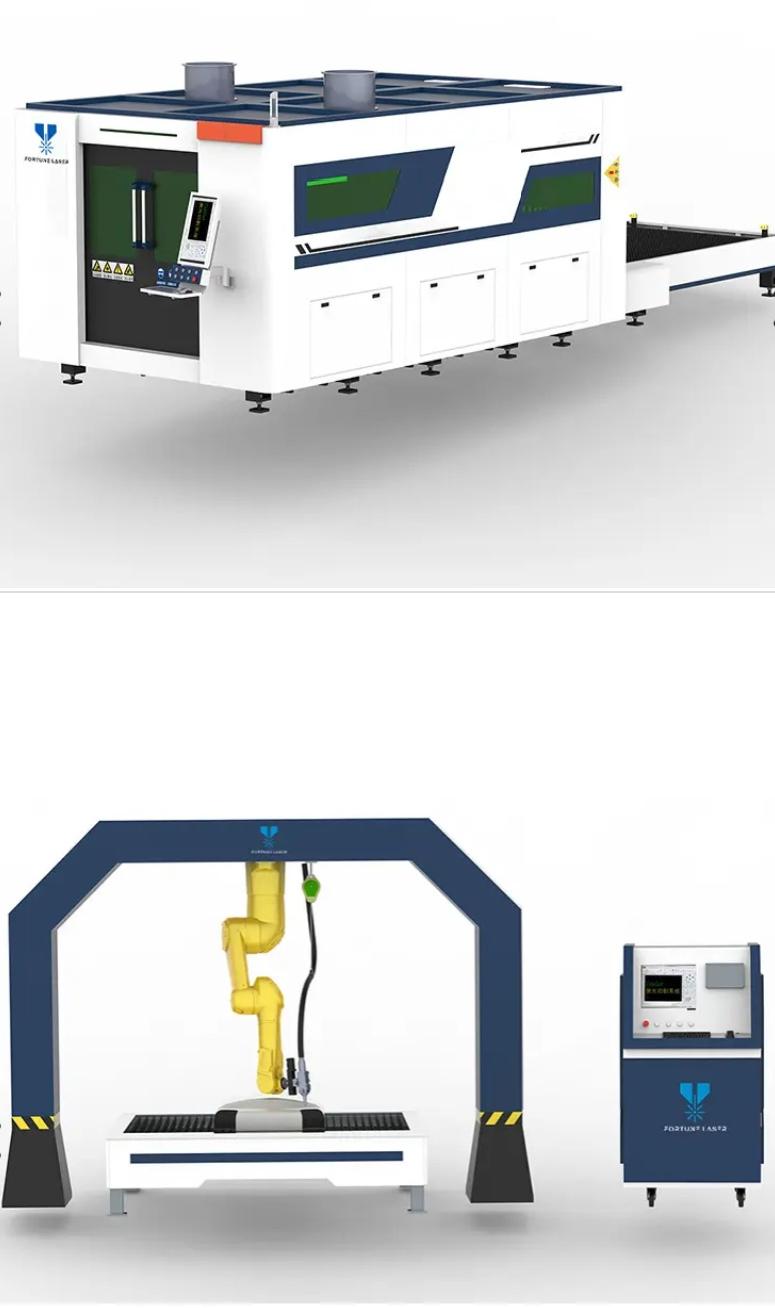The use of laser technology has become a fundamental component of modern medical device manufacturing. The production of numerous life-saving products, including pacemakers, stents, and specialized surgical instruments, is now highly dependent on the precision and control offered by this technology. The application of lasers in medical device manufacturing represents a key driver of innovation, enabling a new level of fabrication and quality by moving beyond traditional production methods.
Laser technology is now a strategic tool for meeting the demand for smaller, more intricate components. This trend is reflected in the market’s growth; the global medical laser market was valued at $5.8 billion in 2022 and is projected to reach $17.1 billion by 2032, according to a report by Allied Market Research. For manufacturers, the adoption of this technology is about ensuring that every product, from a tiny catheter to a complex orthopedic implant, is safe, reliable, and effective for the patient.
How Laser Cutting Builds Better, Safer Medical Devices
The primary appeal of laser technology is based on several key advantages that exceed the capabilities of traditional manufacturing methods.
Exceptional Precision and Repeatability
Imagine trying to cut a microscopic part for a stent that needs to be as small as a human hair. Traditional cutting methods, whether using blades or drills, can cause the physical pressure of fragile materials to deform or even break. Friction between the tool and the material generates heat, which changes the material’s properties, while tool wear can also make it difficult to maintain cutting accuracy. But this is where lasers shine.
Micron-Level Accuracy: Laser systems cut, drill, and shape components with a high degree of precision. The accuracy of these systems, at the micron level, facilitates the creation of the intricate and miniaturized features found in modern medical devices.
Flawless Repeatability: Because the process is entirely controlled by a computer, every single part is an exact replica of the last. This consistency is essential for medical devices. Laser technology guarantees that each component is made to the same exacting specifications, minimizing the risk of failure and ensuring the final device’s consistent performance.
Non-Contact Cutting: The laser beam doesn’t physically touch the material, which completely prevents tool wear and eliminates the risk of introducing contamination.
Minimal Heat-Affected Zone (HAZ): Advanced lasers, particularly ultrafast lasers, use extremely short pulses of energy. This allows them to vaporize material before any significant heat can spread, leaving a clean, smooth edge without damaging the surrounding material.
Versatility and Material Compatibility
Many medical devices are created from a diverse range of advanced, biocompatible materials. One laser system provides the ability to create intricate details on a variety of materials, all with reliable results.
Metals: Laser technology demonstrates exceptional capabilities in processing strong metals such as stainless steel, titanium, nickel-titanium alloys, and cobalt-chromium alloys. These materials are widely used in the manufacture of various medical implants and surgical tools due to their exceptional strength, corrosion resistance, and biocompatibility. Lasers enable the precise cutting, welding, and marking of these tough materials, which are often difficult to process using traditional methods.
Polymers & Ceramics: Lasers are also highly effective for cutting and drilling heat-sensitive materials such as medical-grade plastics and ceramics. These materials are often challenging for traditional machining, but lasers perform the task with minimal thermal impact.
From Implants to Instruments: Where Laser Cutting Makes the Difference
So, where do we see this technology in action? The answer is everywhere—from the surgical tray to the operating room.
Surgical & Micromechanical Instruments
Laser technology is a key manufacturing method for a wide range of surgical and micromechanical instruments, from scalpels to intricate endoscopes. The precision of laser cutting creates durable, sharp, and perfectly shaped tools that allow for complex and minimally invasive procedures.
Stents, Catheters & Vascular Devices
This is perhaps one of the most critical applications of lasers in medical device manufacturing. Lasers are used to cut the intricate, flexible lattice structures of stents from metal tubing, and to drill precise holes in catheters. This process is so accurate that it can create burr-free features with a tolerance of just a few microns, a level of precision that is extremely difficult to achieve consistently with traditional methods.
Orthopedic & Dental Implants
Lasers are used to cut and shape components for implants such as artificial joints, bone screws, and dental prostheses. This capability facilitates the creation of perfectly fitting, custom geometries, which can promote faster tissue integration.
Beyond the Cut: Ensuring Compliance and Biocompatibility
The value of lasers extends well beyond the simple act of cutting. They are also essential for meeting the strict regulatory and quality demands of the medical industry.
The UDI Mandate & Traceability
Global regulations, such as the Unique Device Identification (UDI) system from the FDA, require every medical device to have a permanent, traceable mark. This mark, which must withstand repeated sterilization cycles, is a powerful tool for patient safety. Lasers are the reliable way to create these permanent, corrosion-resistant marks on a wide range of materials.
What About Biocompatibility?
A common question is whether a laser’s heat could affect the integrity of a material, compromising its safety inside the body. The short answer is no—when done correctly. Advanced lasers are precisely controlled to minimize thermal effects, preserving the material’s original properties. In some cases, lasers can even be used to texture a surface, enhancing its biocompatibility and promoting better integration with human tissue.
The Future is Precise: The Role of Laser Cutting in Next-Gen Medical Devices
The application of lasers in medical device manufacturing is not a passing trend; it’s a foundational technology. As medical devices continue to get smaller and more complex, lasers will remain an indispensable partner in innovation. The future of the industry is focused on automation, intelligent systems, and even smaller, more portable devices.
This constant push for innovation is ultimately about one thing: better outcomes for patients. The next generation of medical devices—smarter, safer, and more effective—is being made possible by the unwavering consistency of laser technology.
Frequently Asked Questions
Q1:Why is laser cutting preferred over traditional machining in medical equipment production?
A:Laser cutting is a non-contact process that offers superior precision, speed, and repeatability. It reduces the risk of contamination, making it ideal for the highly regulated medical industry.
Q2:What materials can be processed with laser cutting?
A:Lasers are highly versatile and can be used on a wide range of materials, including stainless steel, titanium, Nitinol, cobalt-chromium alloys, and various medical-grade polymers and ceramics.
Q3:What is a “heat-affected zone” and why is it important in laser cutting for medical devices?
A:The heat-affected zone (HAZ) is the area around the cut that is altered by the laser’s heat. For medical devices, a large HAZ can compromise the material’s properties and biocompatibility. Modern ultrafast lasers are designed to minimize this zone, vaporizing the material with extremely short pulses of energy before heat can spread, ensuring a clean and undamaged edge.
Post time: Aug-15-2025












